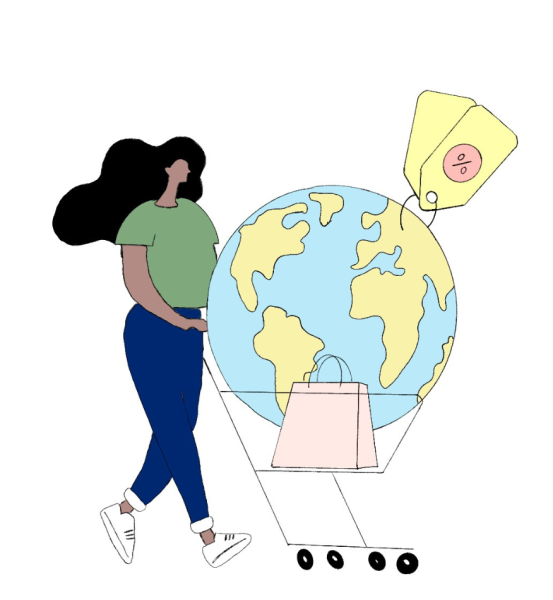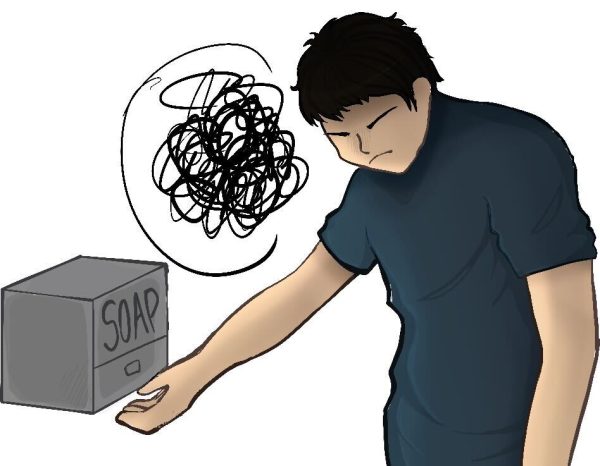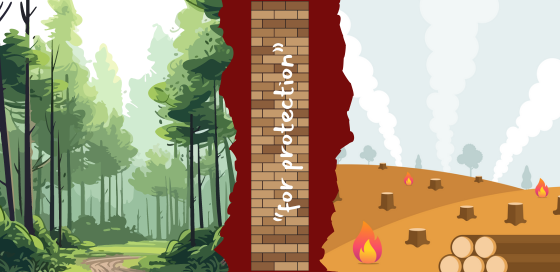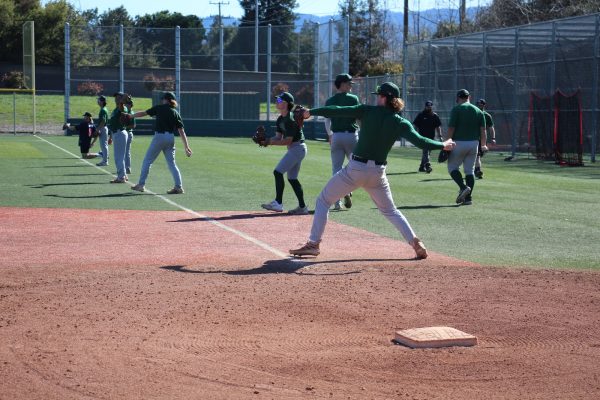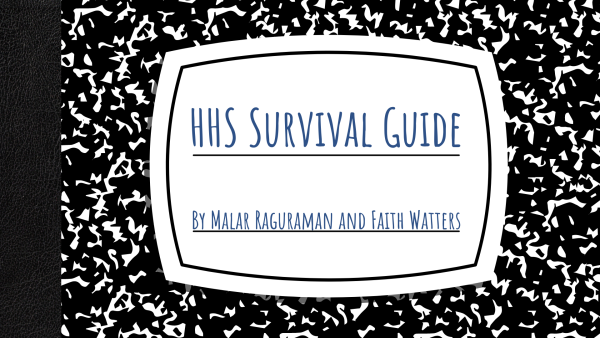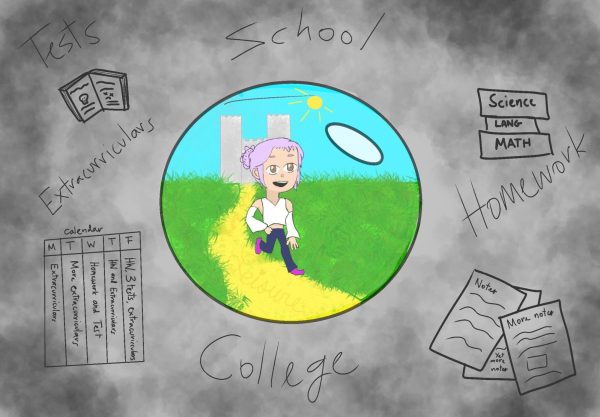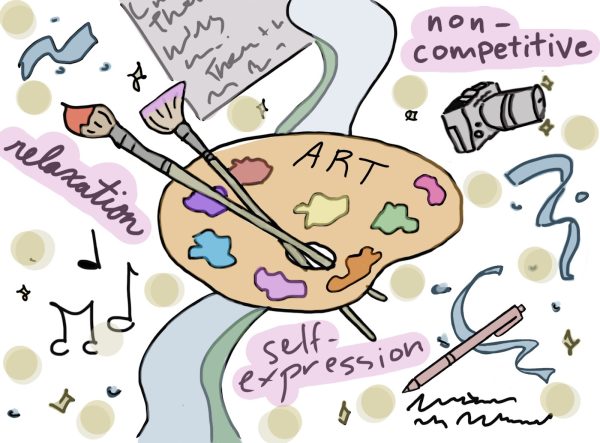Quarantine Protests: Ill aimed discontent

With over 1 million Americans infected, the U.S. now has the highest number of COVID-19 cases according to NPR. Even so, these numbers have not stopped some from protesting the measures used to keep them safe. According to The Orange County Register, between 2,500-3,000 people turned up in Huntington Beach in Orange County just last week to protest stay-at-home orders in California.
Luckily, such protesters are in a minority; according to WIRED, most Americans generally support methods like quarantine to help prevent the spread of COVID-19. However, the question of whether these people should have the right to protest against stay at home orders as part of the first amendment still remains.
The clear answer is that they should not. Constitutional rights are not unlimited, the actions that are considered considered protected rights can change depending on the situation. For example, during a quarantine, people legally do not have the right to assemble.
According to the CDC, Both federal and local governments can legally impose stay-at-home orders— a power that stems directly from the Constitution. Specifically, it comes from the Commerce Clause of Article I which gives the government power to implement means for protecting commerce. Because a pandemic can cause major disruptions to commerce, the Commerce Clause allows the government to implement a quarantine as a necessary means of protecting commerce.
In short, the fact that people can’t gather due to quarantine is not a violation of constitutional rights. Although the first amendment protects the right to assemble, it does not protect illegal actions which assembling during a quarantine would be.
In photos of the quarantine protests, protesters’ signs indicated concerns over multiple issues, large among them was the fear over loss of freedom as a result of having to remain home due to quarantine.
This idea that freedoms are being trampled upon is not an idea unique to protesters, even in government, it is a sentiment that is getting repeated.
Even though studies show that the quarantine is effective in controlling the spread of disease, some states refuse to impose stay-at-home orders. In an interview with Fox News, Cristi Noem, the governor of South Dakota, said her decision to not impose stay-at-home orders stemmed from her oath to “uphold the Constitution of the United States” and protect the “freedom and liberties” of people in her state.
Throwing in symbolic words like “the Constitution” and “freedom and liberties” is an easy way to quickly gain support for this dangerous inaction.
In this case, the phrasing clearly implies that Noem is referencing the First Amendment and its guarantee that Congress will not abridge freedom of speech and assembly to justify the lack of stay-at-home orders in South Dakota.
However, if governors and protesters are going to turn to the Constitution as proof that American Rights are violated by stay at home orders, they should read the rest of it. Although Noem likely wasn’t trying to make a claim that her actions were required by the Constitution, she was clearly trying to imply that quarantine goes against the Constitution and therefore must not be implemented.
Anger over the quarantine supposedly strangling freedom seems much more rooted in emotion than actual legal basis. If research had been done, it would have been easy to verify that the implementation of the quarantine is protected under the Constitution.
It is perfectly fine for people to be angry about the quarantine, but it is both pointless and dangerous for them to crowd the streets during a global pandemic and protest measures taken to protect their safety simply because they believe the measures violate the cherry picked parts of the Constitution they choose to care about.
Besides, the aim of quarantine is to protect peoples’ lives. The safety of the public should be worth more than a trip to the movies or a day on the beach. Protesters should try to view the quarantine from this angle as well. As much as they may feel trapped in their homes, crowding together on the streets to protest only further endangers the people around them and prolongs the spread of the virus. Not only will this result in more deaths, it will also extend the quarantine, something which they clearly don’t want.
According to CBS, it would be beyond the authority and physical resources of the federal government to enforce a national quarantine. As such, quarantine is mostly up to the states. However, this can lead to a somewhat relaxed approach to the pandemic. According to CNBC, four states have only recommended residents to stay at home with no enforcement of the recommendation and six states have no stay at home orders at all. With such a nonchalant approach to the pandemic, it will be hard for some Americans to believe they are taking the virus seriously. This type of attitude will only fuel the resolve of the protesters who feel that COVID-19 is not a big enough problem to justify the implementation of quarantine.
As the country with the highest number of COVID-19 cases, the main priority of the U.S. should be to slow further spread of the pandemic, a task which will likely require strict social distancing, leading to the need for quarantine. Not only do people need to stop protesting quarantine, all states need to get a plan for quarantine in place. And, for those who continue to protest quarantine, they should keep in mind that their actions as a single individual have the potential to alter the lives of the 328 million others living in this country.



